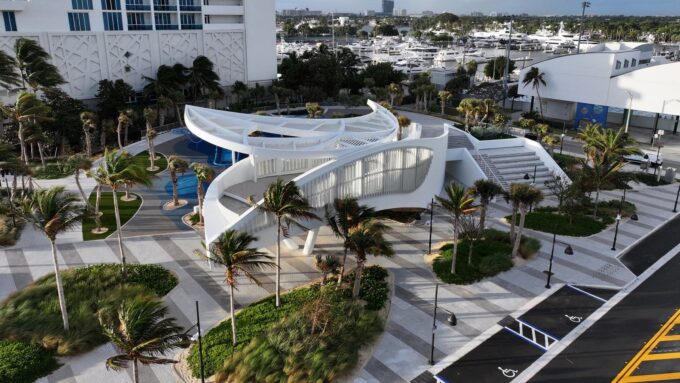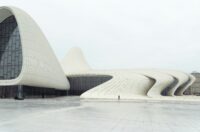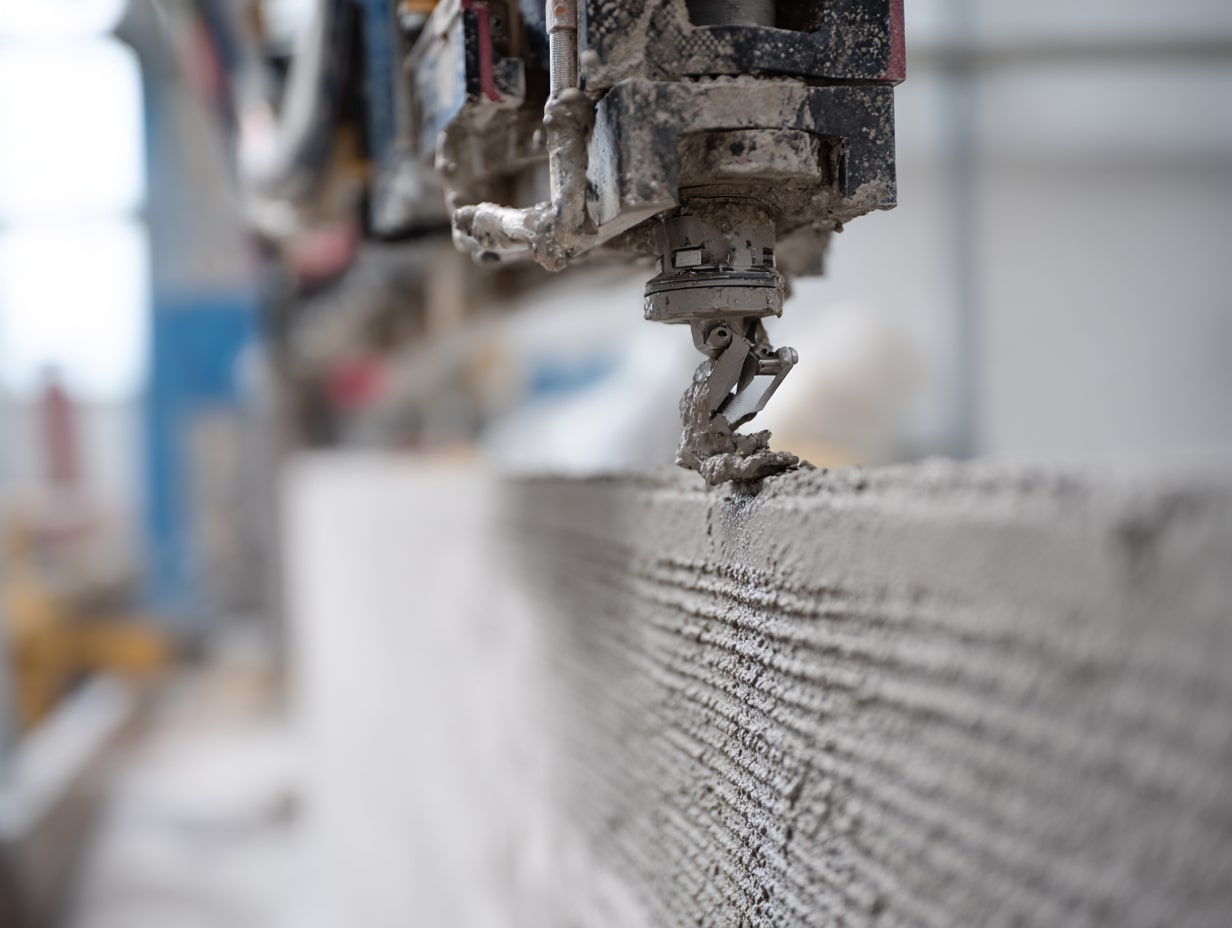- Home
- Articles
- Architectural Portfolio
- Architectral Presentation
- Inspirational Stories
- Architecture News
- Visualization
- BIM Industry
- Facade Design
- Parametric Design
- Career
- Landscape Architecture
- Construction
- Artificial Intelligence
- Sketching
- Design Softwares
- Diagrams
- Writing
- Architectural Tips
- Sustainability
- Courses
- Concept
- Technology
- History & Heritage
- Future of Architecture
- Guides & How-To
- Art & Culture
- Projects
- Interior Design
- Competitions
- Jobs
- Store
- Tools
- More
- Home
- Articles
- Architectural Portfolio
- Architectral Presentation
- Inspirational Stories
- Architecture News
- Visualization
- BIM Industry
- Facade Design
- Parametric Design
- Career
- Landscape Architecture
- Construction
- Artificial Intelligence
- Sketching
- Design Softwares
- Diagrams
- Writing
- Architectural Tips
- Sustainability
- Courses
- Concept
- Technology
- History & Heritage
- Future of Architecture
- Guides & How-To
- Art & Culture
- Projects
- Interior Design
- Competitions
- Jobs
- Store
- Tools
- More
Exploring Architecture Impacts on Society: Shaping Lives, Communities, and Culture
Explore the profound impact of architecture on society in this insightful article. Discover how thoughtful designs shape our experiences, enhance well-being, and foster community connections. Delving into historical and modern perspectives, the piece highlights architecture's role in cultural identity, economic growth, and psychological well-being.

Architecture isn’t just about designing buildings; it shapes our experiences and influences our daily lives. From the towering skyscrapers in bustling cities to the cozy homes in our neighborhoods, the structures around us reflect our values, culture, and aspirations. They tell stories of innovation and creativity while fostering community and connection.
As we explore the profound impacts of architecture on society, we’ll uncover how thoughtful design can enhance well-being, promote sustainability, and drive economic growth. It’s fascinating to see how the spaces we inhabit can inspire us, challenge us, and even transform our interactions. Join us as we delve into the intricate relationship between architecture and the society we live in, revealing the powerful role it plays in shaping our collective identity.

Table of Contents
ToggleOverview of Architecture and Society
Architecture significantly shapes the physical and social fabric of our communities. It conveys values, ideals, and culture through its designs and structures. We interact with buildings daily, whether we’re living in homes, working in offices, or gathering in public spaces. Each architectural choice influences our behavior and interactions.
Architectural styles and urban planning play crucial roles in defining community identity. Historical landmarks embody heritage, while modern designs often prioritize sustainability and innovation. As we navigate our spaces, the environment crafted by architecture affects our mental and emotional states. Research shows that well-designed environments enhance well-being, boost productivity, and promote social interactions.
Moreover, architecture impacts economic growth. Thoughtful development attracts businesses and residents, leading to job creation and increased property values. Community-centric designs encourage inclusive spaces, fostering engagement among diverse populations. We witness these dynamics in urban renewal projects, where revitalization of neglected areas leads to vibrant, thriving communities.
Through all these aspects, architecture serves as a powerful tool for shaping society. Its impact extends beyond aesthetics, influencing our lifestyles, social structures, and sense of belonging.
Historical Perspectives on Architecture
Architecture significantly influences societies throughout history. By examining ancient civilizations and the modern movement, we can understand how design has shaped communities and their values.

Ancient Civilizations
Ancient civilizations exemplify the profound impact of architecture on society. The Egyptian pyramids, for instance, represent not just monumental tombs but also the society’s religious beliefs and social hierarchy. Similarly, Greek temples, like the Parthenon, embody principles of beauty, proportion, and civic pride, reflecting the societal values of democracy and cultural achievement. In Mesopotamia, ziggurats illustrated the connection between architecture, spirituality, and governance, serving as centers for worship and administration.
Urban planning in ancient Rome demonstrated the importance of public spaces. The Roman Forum served as a hub for politics, commerce, and social gatherings, illustrating how architecture can foster community interaction. Streets, aqueducts, and amphitheaters enhanced daily life, facilitating trade, entertainment, and civic engagement. Each architectural choice reinforced social structures and cultural practices, showcasing the intricate bond between architecture and societal development.
Modern Movement
The modern movement revolutionized architecture, reflecting the rapid social, technological, and cultural changes of the 20th century. We observe a shift towards simplicity, functionality, and the use of new materials. Pioneers like Frank Lloyd Wright and Le Corbusier emphasized designs that harmonized with nature, promoting individual well-being and community connection.
Bauhaus principles integrated art and industry, prioritizing design that served both aesthetic and functional needs. This movement shaped the contemporary urban landscape, leading to the development of public spaces that encourage social interaction. Buildings like the Unite d’Habitation in Marseille fostered community living, demonstrating how thoughtful design can create vibrant social environments.
The modernist emphasis on minimalism has continued to influence architecture, reflecting changing societal values. Today, sustainability and innovation drive architectural practices, as we seek to address pressing global challenges. Structures designed with green technology promote environmental responsibility while enhancing community well-being. Through these historical perspectives, we recognize architecture’s enduring impact on shaping societies and their identities.
Psychological Effects of Architecture
Architecture significantly influences our psychological state, impacting how we interact, feel, and behave within spaces. The design and layout of buildings can either promote well-being or contribute to stress and discomfort.

Space and Behavior
Space directly affects behavior and interaction. Open layouts encourage collaboration and socialization, while closed spaces may foster feelings of isolation. For example, offices with open floor plans promote teamwork and communication among employees, enhancing productivity and job satisfaction. Conversely, crowded or poorly designed environments can lead to anxiety and decreased focus. Our experiences in various spaces, such as schools, hospitals, and public parks, demonstrate how thoughtful architectural design can elevate mood and inspire positive interactions.
Architectural elements like light, color, and texture play crucial roles in shaping our mood. Natural light enhances alertness and well-being, while warm colors can create a sense of comfort. For instance, hospitals designed with ample sunlight and soothing colors facilitate healing and reduce stress in patients. By understanding these dynamics, architects can create environments that foster emotional health and improve social connectivity.
Cultural Identity
Architecture reflects and shapes cultural identity, offering a sense of belonging. The design of buildings often embodies historical narratives, traditions, and community values. For instance, indigenous architecture showcases local materials and cultural practices, serving as a testament to the heritage of a community. This connection fosters pride among residents and strengthens community ties.
Moreover, iconic structures often become symbols of cultural identity. Landmarks like the Eiffel Tower in Paris or the Sydney Opera House in Australia instill a sense of place and tradition, drawing people together and enhancing their collective identity. By integrating cultural elements into design, architects can craft spaces that resonate deeply with communities, reinforcing cultural pride and social cohesion.
Overall, the psychological effects of architecture highlight its power to influence behavior and shape cultural identity, underscoring the importance of thoughtful, community-focused design.
Economic Implications of Architecture
Architecture significantly influences economic dynamics within societies. It shapes urban development and fosters sustainable practices, both of which contribute to economic growth and societal well-being.

Urban Development
Urban development relies heavily on architectural design. New constructions, such as mixed-use developments or affordable housing projects, invigorate local economies. They create jobs during both construction and operation, steadily increasing employment rates. Well-architected public spaces, including parks and plazas, attract businesses and tourists, boosting revenues for local entrepreneurs. For instance, cities that enhance their infrastructure—like transportation systems and walkable neighborhoods—experience increased property values and attract a diverse population. Moreover, effective urban planning emphasizes the flow and accessibility of spaces, reducing congestion and enhancing productivity. This synergy between architecture and urban development paves the way for thriving communities.
Sustainable Practices
Sustainable architectural practices also play a crucial economic role. Green building initiatives reduce operational costs through energy efficiency and waste minimization, leading to long-term savings for owners and tenants. Innovative designs, such as passive solar heating and rainwater harvesting, lower utility expenses while promoting environmental responsibility. For example, LEED-certified buildings often attract higher occupancy rates due to their appealing features and reduced environmental footprint. As sustainability evolves into a market expectation, architects integrating eco-friendly materials and technologies cater to this demand, enhancing their competitiveness. This focus on sustainability not only contributes to economic stability but creates healthier environments for society.
Social Connectivity Through Architecture
Architecture fosters social connectivity by creating environments that encourage interaction and collaboration. Thoughtful design of communal areas unites individuals, enhancing the overall well-being of communities.

Community Spaces
Community spaces play a vital role in encouraging social interactions. Parks, plazas, and community centers serve as gathering spots that facilitate connections among residents. These spaces promote inclusivity, enabling individuals from diverse backgrounds to engage with each other. For instance, well-designed parks feature amenities such as seating, playgrounds, and walking paths, attracting families and individuals alike. Research shows that accessible community spaces can lead to increased physical activity and improved mental health, highlighting their importance in urban planning.
Public vs. Private Spaces
Understanding the balance between public and private spaces is crucial for fostering social connectivity. Public spaces, such as streets and parks, invite community engagement and spontaneous interactions. Conversely, private spaces, like homes and backyards, offer sanctuary and intimacy. Effective architecture blends these elements, allowing individuals to transition seamlessly between public and private realms. For example, open-concept designs in residential areas encourage social gatherings, while nearby parks provide spaces for community events. The interplay between these spaces significantly shapes societal dynamics, influencing how we relate to one another and our surroundings.
Conclusion
Architecture profoundly influences society by shaping our environment, interactions, and experiences. It creates spaces that reflect our values and heritage while facilitating community connections. Thoughtful architectural design enhances well-being, promotes sustainability, and drives economic growth, underscoring the intricate relationship between our built environment and social structures.
The historical evolution of architecture illustrates its impact on cultural identity and social organization. From ancient landmarks that embody traditional values to modern designs prioritizing ecological responsibility, architecture narrates the story of our societies. Iconic structures symbolize pride and unity, fostering a sense of belonging within communities.
Psychologically, architecture affects our emotions and behaviors. Design elements such as light and layout play critical roles in shaping our experiences within a space. Open, inviting layouts encourage collaboration and socialization, while tranquil environments improve mental health.
Economically, architecture stimulates growth through urban development and sustainable practices. New projects create jobs and attract investment, enhancing local economies. Prioritizing sustainable designs not only meets market demand but also promotes social well-being, fostering healthier environments.
Socially, architecture fosters connectivity and inclusivity. Community spaces are essential in promoting interactions among diverse groups. Effective designs balance public and private areas, enhancing engagement and reinforcing community ties. Architectural practices that prioritize social impacts ultimately shape our lives and interactions in meaningful ways.
- architectural evolution
- architectural influence on communities
- architectural sociology
- architectural transformation
- architecture and human behavior
- architecture and identity
- architecture and social change
- architecture and society
- architecture as social tool
- architecture shaping culture
- built environment and society
- community design
- community-driven design
- Cultural Architecture
- design for social impact
- inclusive architecture
- Public Space Design
- social architecture
- social impact of architecture
- Urban Development
- urban planning
Submit your architectural projects
Follow these steps for submission your project. Submission FormLatest Posts
3D Printed Homes: Time, Cost, and What to Expect
3D printed homes explained: realistic timelines (24–72h walls, 8–16 weeks total), true...
How a Contact Centre Boosts Trust in Your Building Business
In construction, trust is the glue that holds projects together. Clients need...
How Real Time Parcel Geolocation Is Redefining Last Mile Efficiency for Modern Businesses
Last mile delivery has become the most critical point in the customer...
How Can Small Spaces Stay Stylish and Relaxing?
In today’s fast-paced urban lifestyle, small living spaces are becoming increasingly common....












Leave a comment